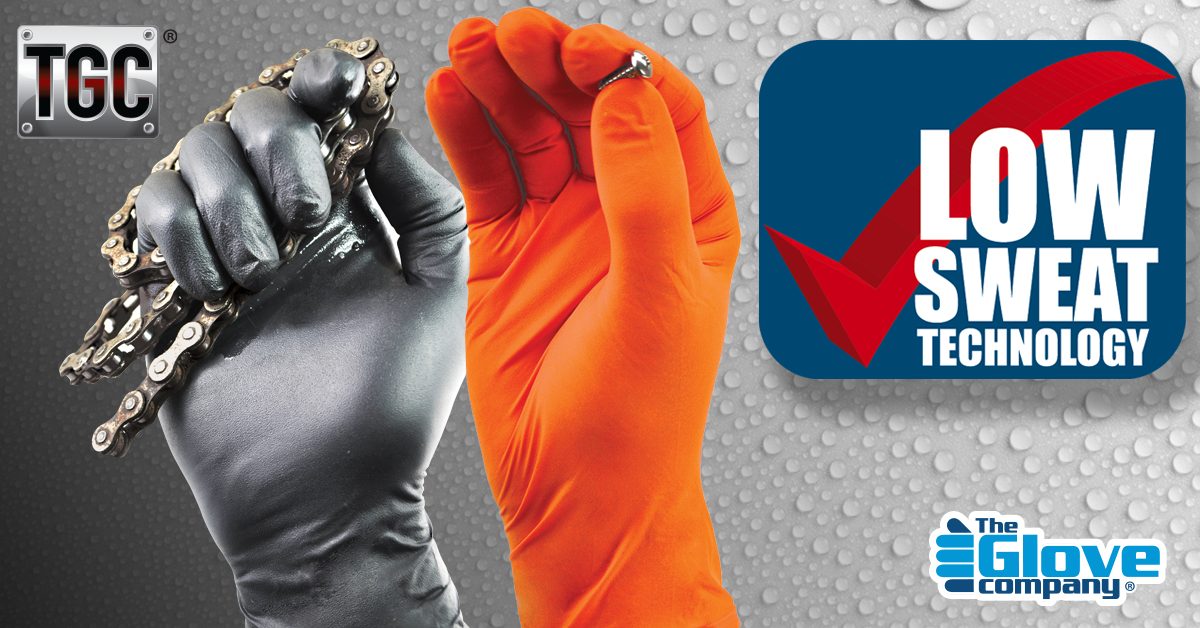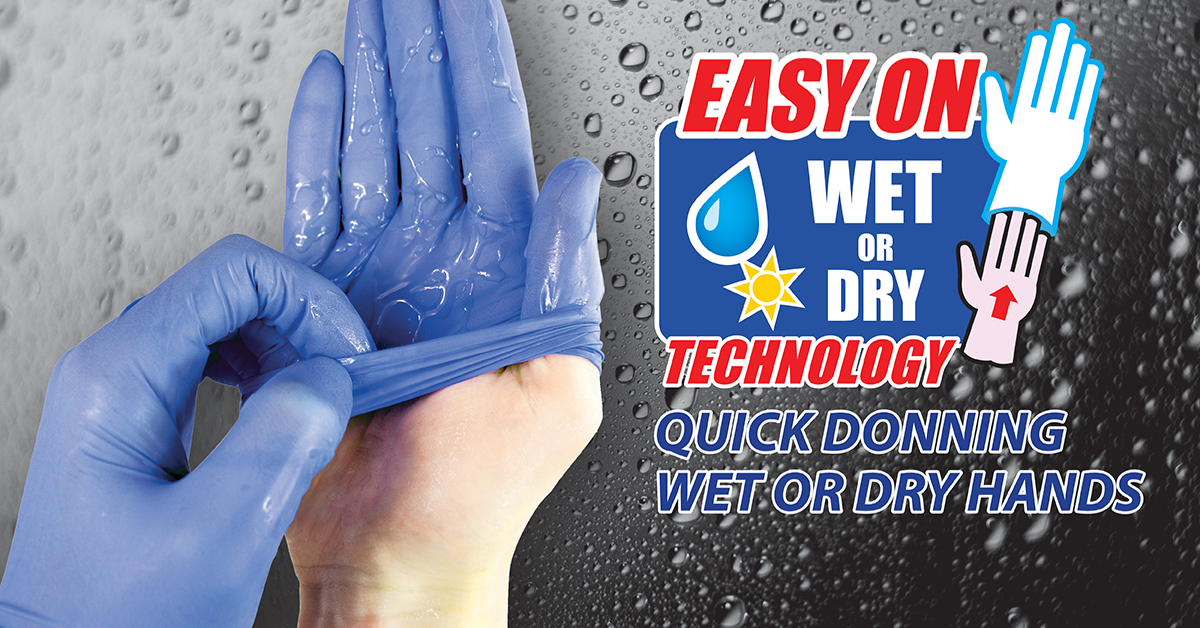New gloves offer front-line warning of electric shock risk
There’s an invisible killer in the Australian workplace. Workers won’t see or hear it. It lies hidden in water, or behind walls. Live AC electricity...
1 min read
 The Glove Company
:
7 February 2022
The Glove Company
:
7 February 2022
If you have a child studying economics, the international nitrile glove industry makes a great case study for ‘Supply and Demand 101’.
Let’s start with some basic background. Nitrile is a synthetic rubber whose durability and resistance to chemicals and punctures, makes it a great material for disposable gloves that are used in a large variety of businesses including postal work, handling of light chemicals, provision of food, and many different types of face-to-face occupations. However, in recent times most attention has been drawn to the international medical industry which has required hundreds of billions of nitrile gloves to be manufactured, distributed, and used annually.
 Now, let’s throw in the biggest international drama in recent memory: The Covid 19 crisis. By March 2020, when Covid was beginning to take hold across the world, the demand for nitrile gloves, not surprisingly, skyrocketed. This demand placed immediate stress on the supply chain where manufacturers found it impossible to increase capacity to the levels required; in part, their predicament was caused by increasingly scarce resources. Malaysia, which produces as much as 75% of the world’s medical gloves, was hit hard. Among its challenges was an outbreak of Covid among workers at one of the country’s largest glove manufacturers, which forced the temporary closure of some factories. This led to a critical shortage of nitrile gloves across the globe, which in turn, forced inevitable price rises for distributors and end-users, and headaches for all concerned.
Now, let’s throw in the biggest international drama in recent memory: The Covid 19 crisis. By March 2020, when Covid was beginning to take hold across the world, the demand for nitrile gloves, not surprisingly, skyrocketed. This demand placed immediate stress on the supply chain where manufacturers found it impossible to increase capacity to the levels required; in part, their predicament was caused by increasingly scarce resources. Malaysia, which produces as much as 75% of the world’s medical gloves, was hit hard. Among its challenges was an outbreak of Covid among workers at one of the country’s largest glove manufacturers, which forced the temporary closure of some factories. This led to a critical shortage of nitrile gloves across the globe, which in turn, forced inevitable price rises for distributors and end-users, and headaches for all concerned.
“The Glove Company have experienced significantly heightened levels of demand for our high-performance nitrile gloves throughout the pandemic. We have worked hard over the last 12 months to expand and further secure our supply chain to meet demand now and into the future.” Says Grant Staples CEO of The Glove Company Global Group.
With vaccination programs now in full swing in many countries, the demand for nitrile gloves remains extremely high. But the good news is, supply is now normalising, and if we keep our nitrile-covered fingers crossed, the worst of the predicament has passed.
.png)
There’s an invisible killer in the Australian workplace. Workers won’t see or hear it. It lies hidden in water, or behind walls. Live AC electricity...

We expect a lot from disposable gloves at work. They must be tough enough to resist punctures and chemicals. Hi vis for safety in dark spaces. Easy...

From industrial sites to hospitality venues, workshops, hospitals and construction projects, disposable gloves are a necessary part of the tool kit....